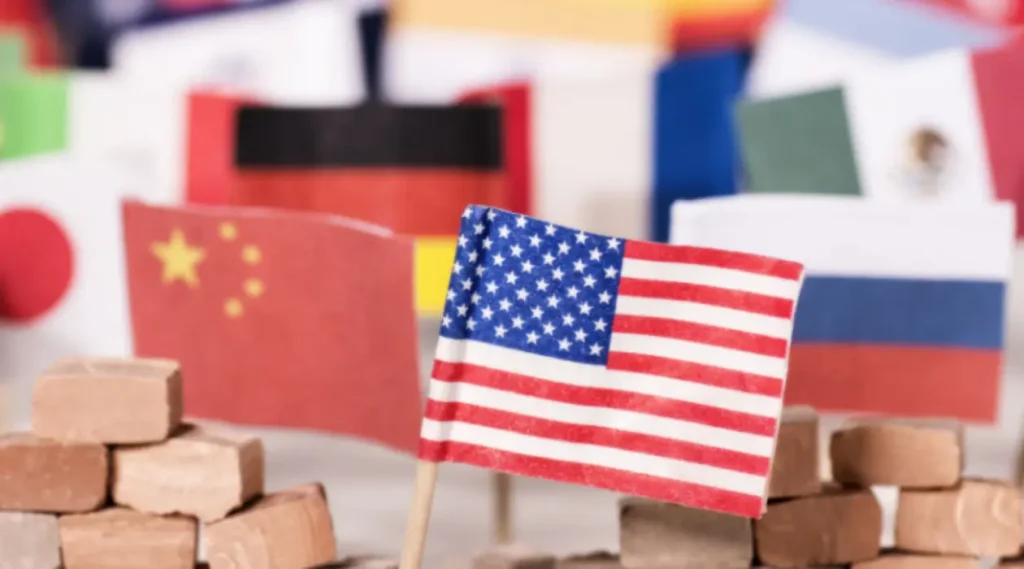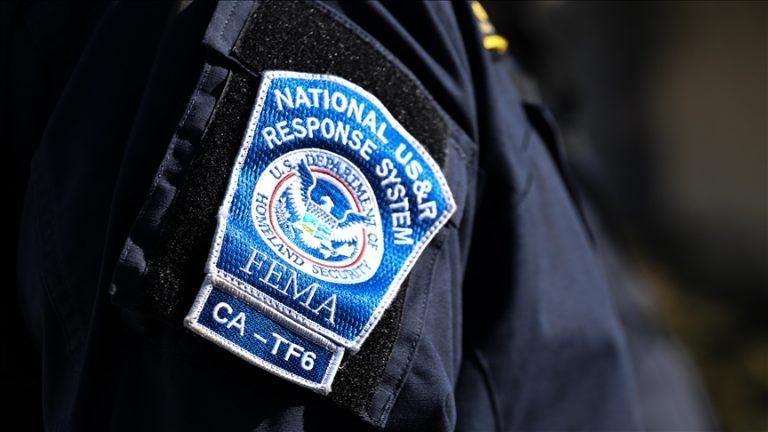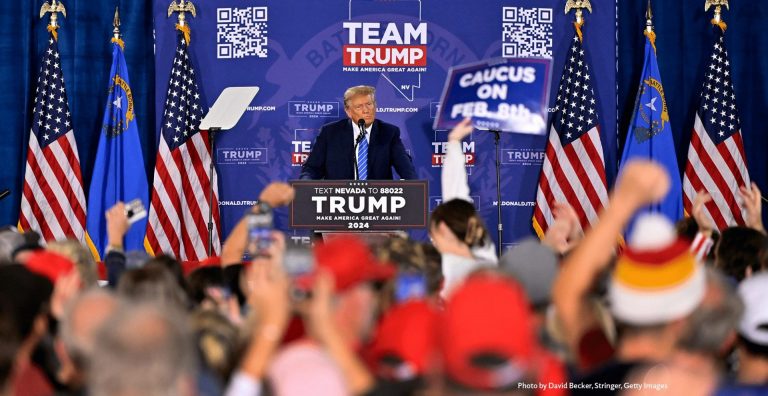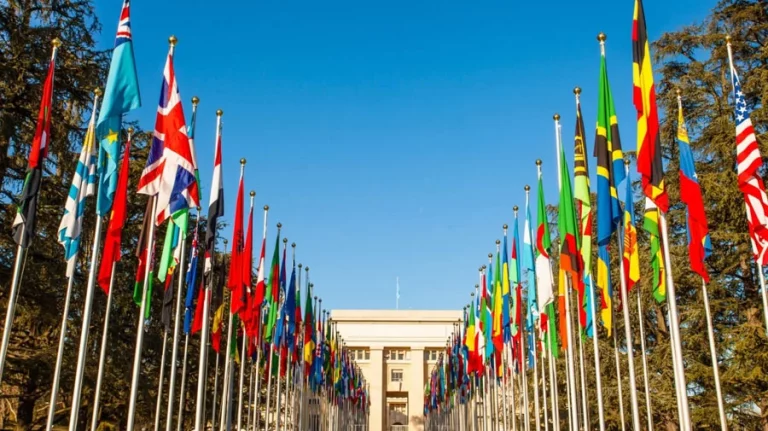
credit: online.york.ac
How U.S. Foreign Policy Is Made: A Beginner’s Primer — How US Foreign Policy Is Made
If you’re asking how US foreign policy is made, this primer explains the main players, the legal and constitutional framework, and the practical steps by which advice becomes action. U.S. foreign policy is shaped by the President and the executive branch (notably the State Department and the National Security Council), by Congress (through lawmaking, funding, and oversight), by the courts, and by a broad national security and diplomatic bureaucracy that implements decisions on the ground. Below is a plain-language walkthrough of that process and where citizens can follow it.
Who leads — the President and the Executive Branch
At the center of how US foreign policy is made is the President. The Constitution gives the President primary authority over foreign affairs: as commander-in-chief, chief diplomat, and the official who negotiates treaties and receives ambassadors (subject to Senate approval for treaties and some appointments). In practice, presidents set the broad strategic direction and make urgent decisions; they rely on advisors and agencies to provide analysis, options, and implementation plans. The Department of State, led by the Secretary of State, is the president’s principal foreign-policy arm and carries out diplomacy worldwide. (U.S. Department of State)
Coordination and advice — the National Security Council (NSC)
Presidents rely on an internal coordinating body: the National Security Council (NSC). The NSC brings together senior Cabinet officials, the National Security Advisor, and top agency experts to review options, reconcile interagency differences, and present recommended actions to the President. It is the president’s principal forum for integrating diplomatic, military, intelligence, and economic policy inputs before major decisions are made. NSC structures and staff vary by administration, but the council’s core role — to coordinate complex national security choices — remains constant. (The White House)
The role of agencies and the bureaucracy
Beyond State and the NSC, a wide range of executive agencies contribute to foreign-policy making and implementation. The Department of Defense implements military policy; the intelligence community provides analysis and warning; the Commerce and Treasury Departments manage trade and sanctions; and USAID handles many development and humanitarian programs. These agencies draft policy options, carry out diplomacy and programs overseas, and run the logistical and legal machinery that makes policy actions possible. Implementation often determines whether a policy succeeds once the political decision is made. (U.S. Department of State)
Congress: law, funding, and oversight
Congress plays several critical roles in how US foreign policy is made. It can:
- Authorize and appropriate funds for foreign-policy programs and the military (the “power of the purse”).
- Pass laws that set policy constraints or directives (for example, sanctions statutes).
- Provide oversight through hearings and investigations, and confirm high-level presidential nominees (including cabinet secretaries and ambassadors).
While presidents largely direct daily foreign affairs, Congress can significantly influence policy through budgets, legislation, and public oversight — and sometimes by passing laws that limit or direct executive action. (Congress.gov)
Treaties, executive agreements, and legal instruments
Formal international commitments take different legal forms. Treaties require Senate advice and consent (two-thirds approval) to become binding domestic law; because this supermajority is difficult to achieve, presidents also use executive agreements (which do not require Senate ratification) for many international arrangements. Domestic statutes, regulations, and executive orders also shape how international commitments are carried out. The choice among these tools affects durability and congressional involvement. (Council on Foreign Relations)
The courts and legal limits
U.S. courts can affect foreign policy by interpreting statutes, reviewing executive actions for constitutional compliance, and resolving disputes over authority. While courts traditionally defer to executive and legislative branches on many foreign-relations questions, judicial review can and does shape the range of permissible actions (for example, in cases involving detention, executive power, or statutory interpretation). This judicial check is part of the constitutional balance in making the US foreign policy. (Chicago Law Review)
How a decision typically moves from idea to action
A simplified flow of decision-making shows how US foreign policy is made in practice:
- Problem identification — agencies, the NSC staff, Congress, or the President, identify an emerging issue or long-term goal.
- Options development — agencies prepare analyses, intelligence assessments, legal reviews, and implementation plans.
- Interagency coordination — the NSC or another coordinating body reconciles differences and prepares options for the President.
- Presidential decision — the President selects a course of action (e.g., diplomatic initiative, sanctions, military action).
- Implementation — agencies and embassies execute orders; Congress and courts may become involved depending on the action’s scope.
- Oversight and adjustment — Congress, the public, allies, and international bodies react, prompting adjustments and follow-up. (CFR Education)
Where to follow U.S. foreign policy and its makers
To track how US foreign policy is made in real time, use primary sources:
- White House and State Department press releases for official decisions and statements. (The White House)
- Congressional Research Service reports and committee hearings for analysis and legislative context. (Congress.gov)
- Reputable think tanks (e.g., CFR, Brookings) for balanced background and expert commentary. (Council on Foreign Relations)
Final takeaways
Understanding how US foreign policy is made means appreciating that it’s not the product of a single person or office but of an interaction among the President, the NSC, cabinet agencies, Congress, and the courts. Intelligence, public opinion, allies, and global events, all influence them. The President leads, but effective policy depends on coordination, legal authority, funding, and implementation capacity across the U.S. government.
Follow TNN for US NEWS TODAY!






